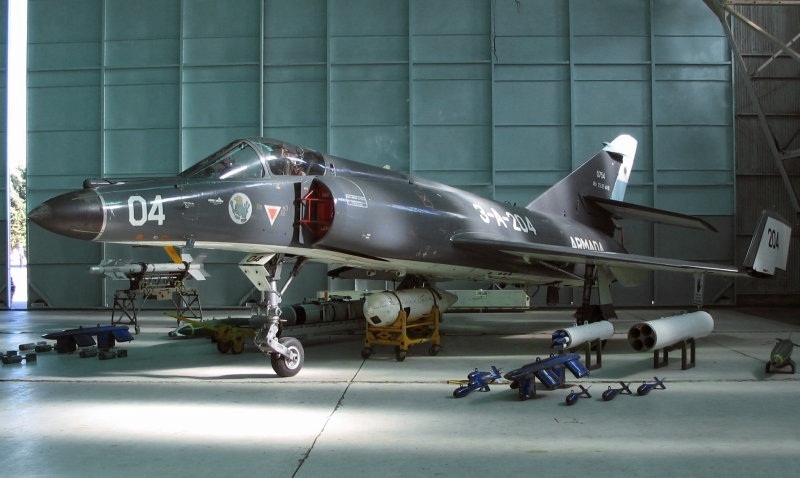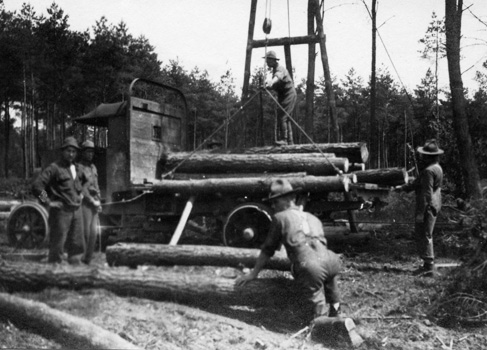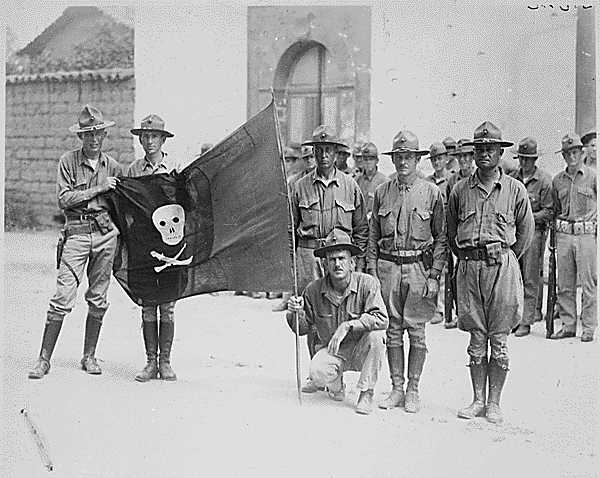Forty-two years ago, the Royal Navy went to war in what was the largest naval operation since the end of World War II.
On April 1982, Argentina invaded the small Falkland Islands in the South Atlantic. In a surprise attack, Argentinian commandos captured the islands that had been under British control for close to two centuries.
More than 8,000 miles from the British Isles and only 350 miles from Argentina, the small islands had been disputed for years. The Falklanders identified as British, but the Argentinian military junta was searching for a foreign victory to distract the Argentinian population from its brutal rule.
Liberating the islands from the Argentinians wouldn’t be an easy job. Much would depend on maintaining naval control and air superiority around the islands to enable the large-scale amphibious operation. As such, the Royal Navy committed most of its fleet to the task.
The British task force was comprised of 127 warships, support vessels, and transports. The Royal Navy combat contingent numbered 43 warships. Not every ship would return home.
The HMS Sheffield
The HMS Sheffield was a missile-guided destroyer designed for fleet area air defense.
A Type 42 destroyer, the HMS Sheffield had a displacement of almost 5,000 tons and was 410 feet long. The warship could reach 30 nautical knots (35 miles per hour). It had a complement of 270 officers and enlisted men. The destroyer could also carry a Westland Lynx anti-submarine warfare helicopter.
In terms of weapon systems, the HMS Sheffield packed a 4.5-inch (114mm) cannon and two GWS-30 Sea Dart surface-to-air missile systems. In combat, the warship’s mission was to identify, track, and shoot down any enemy aircraft that got too close to a friendly aircraft carrier.
Interestingly, both the Royal Navy and the Argentinian Navy operated the Type 42 destroyers during the war. The Argentinian Navy’s surface combatants played only a secondary role in the fighting and never sought out direct combat with the British task force. However, the Argentinian Navy and Air Force pilots trained with their Type 42 warships to tailor their tactics against the British vessels.
Related: The Royal Navy is going through difficult times
Argentina strikes

On May 4 at 07:50, an Argentinian Lockheed SP-2H Neptune naval patrol aircraft was the first to pick up HMS Sheffield on its radar. It kept the warship under surveillance while two Super Étendards fighter jets armed with AM39 Exocet anti-ship missiles scrambled from the Rio Grande naval air base. On their way toward the target, the Argentinian fighter jets linked up with a KC-130H Hercules tank and refueled. The time was now 10:00.
The SP-2H Neptune verified the position of three contacts: one large- and two medium-sized warships. Hoping that the large vessel was an aircraft carrier, the two fighter jets climbed from their very low altitude and verified. They then returned to flying close to the waves to prevent the British radars from spotting them.
At 11:04, while 20 and 30 miles away from the HMS Sheffield, the Argentine pilots launched their deadly missiles.
A few minutes later, one AM39 Exocet slammed into HMS Sheffield’s starboard side above the waterline. There is still some confusion as to whether the munition exploded or if the subsequent fire was solely the result of rocket fuel. Whatever the source, the fire spread quickly into the magazine. For almost four hours, the crew fought to contain the fire and save the ship. But Captain Sam Salt eventually gave the order to evacuate.
The smoldering warship was towed by friendly vessels before sinking on May 10. Twenty sailors were killed and 26 wounded.
The findings
The Ministry of Defense released a censored after-action report on what went wrong. The findings were concerning for a navy at war with a determined adversary.
At the basic level, the warship wasn’t fully ready for enemy action. The investigation found that some crewmembers were “bored and a little frustrated” by the lack of activity. When the Argentinian Super Étendards launched their attack, the anti-air warfare officer had left the Sheffield’s operations room and was taking his coffee in the wardroom. His second-in-command was also absent, relieving himself in the toilets. As such, at the most crucial moment, the expert men in charge weren’t present to advise the ship’s captain about the incoming aircraft.
When the anti-air warfare officer was urgently recalled in the operations room – after the Argentinian Super Étendards had been spotted by the nearby HMS Glasgow – he didn’t believe that the destroyer was within range of the Argentinian Exocet missiles. Moreover, the officer of the watch failed to react to the incoming threat “partly through inexperience, but more importantly from inadequacy.”
But it wasn’t just human failure that led to the sinking of HMS Sheffield. The destroyer’s radar that could have picked up the incoming Argentinian aircraft had been “blinded” by the transmission made by a nearby vessel.
Finally, when the incoming Exocet missiles came into view, several officers on the bridge were “mesmerized” by the sight and didn’t sound the alarm to the crew of the ship.
Captain Sam Salt was never informed of any of this, and thus, the destroyer never went into battle station. The incoming Exocets had an easy job because the British crew didn’t even fire any chaff to confuse the munitions, nor did it conduct any evasive maneuvers. Indeed, the absence of danger was so prominent throughout the warship that some of its weapon stations were unloaded and unmanned.
The memory of the Sheffield’s 20 sailors who gave their all remains alive in the form of a cross and cairn on the Sea Lion Island, the closest part of the Falklands to where the doomed destroyer was hit.
Read more from Sandboxx News
- FPV revolution: Loitering munitions are transforming how wars are fought
- Kinetic Diplomacy: Why Iran’s attack was not meant to start World War III
- The MEU(SOC) pistol armed elite Marines for decades
- How Marine Raiders benefit from their diverse occupational and cultural backgrounds
- Becoming a Marine Raider officer


